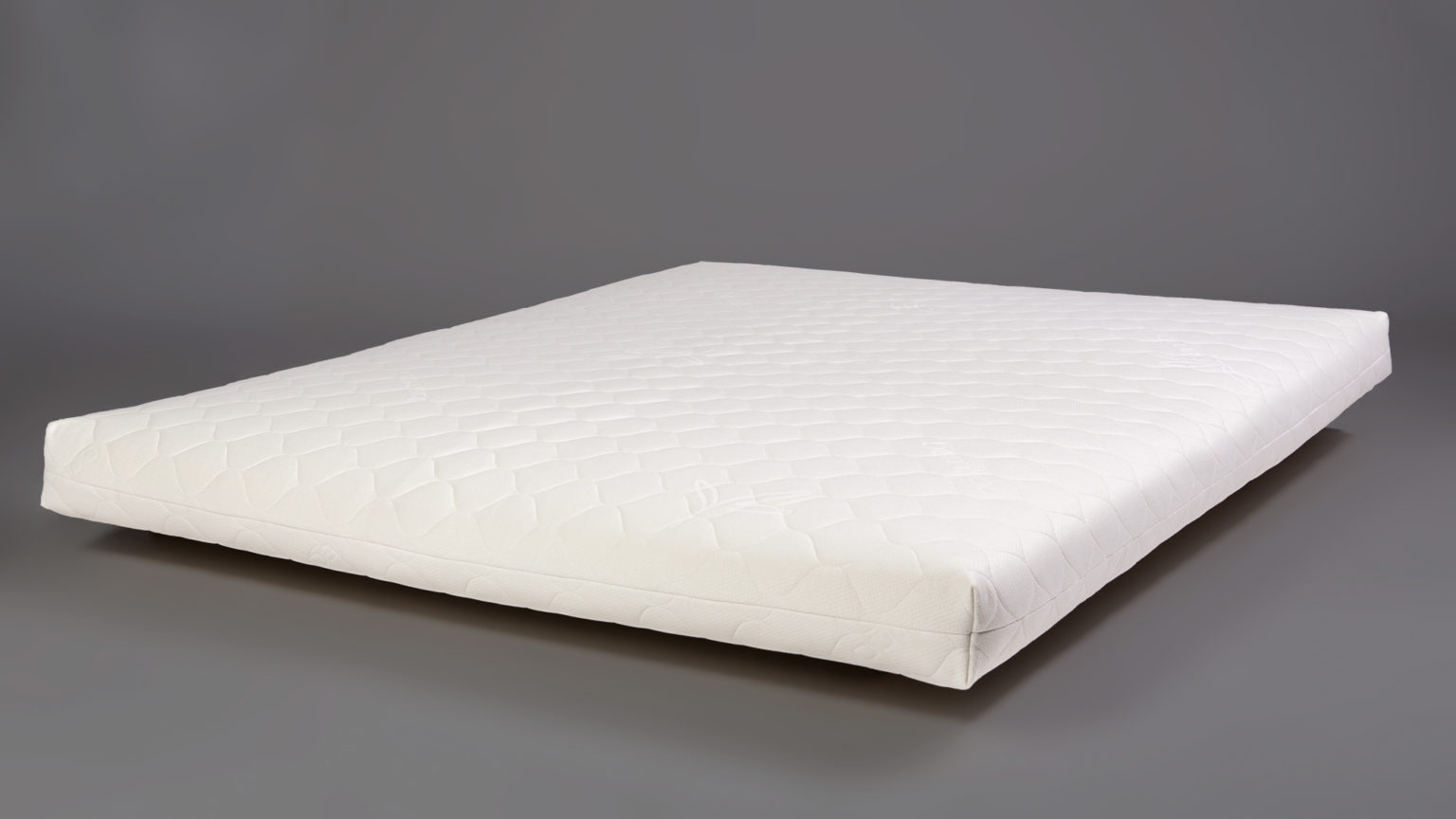The Natural Sleep Solution: Inside the Ingredients of Organic Mattresses
When it comes to creating a cozy sanctuary for restful slumber, the choice of mattress plays a crucial role. For dunlop vs talalay latex seeking a more sustainable and nature-inspired option, organic mattresses have become a popular choice in recent years. These mattresses offer a unique blend of comfort, support, and eco-friendliness that appeals to the environmentally conscious consumer. One key ingredient found in organic mattresses is natural latex, a material renowned for its durability and hypoallergenic properties. The use of natural latex in mattresses provides a resilient and responsive sleeping surface that contours to the body, promoting proper spinal alignment and relieving pressure points. Moreover, natural latex is sourced from rubber trees and processed using environmentally friendly methods, making it a sustainable choice for those looking to reduce their carbon footprint.
Benefits of Natural Latex
Natural latex is known for its exceptional comfort and support. It conforms to the body, providing a personalized sleeping experience that helps alleviate pressure points and promote proper spinal alignment.
Moreover, natural latex is hypoallergenic and resistant to dust mites and mold. This makes it an excellent choice for individuals with allergies or respiratory issues, as it creates a healthier sleeping environment by minimizing potential triggers.
Additionally, natural latex mattresses are durable and long-lasting, maintaining their shape and support for years to come. This longevity not only provides value for money but also ensures a consistent level of comfort and support throughout the lifespan of the mattress.
Types of Organic Mattresses
Organic mattresses come in various types, with natural latex mattresses being a popular choice. These mattresses are made from rubber tree sap, providing a supportive and comfortable sleep surface. Natural latex mattresses are known for being hypoallergenic and resistant to dust mites, mold, and mildew.
In addition to natural latex mattresses, another type of organic mattress is made from organic cotton. These mattresses utilize cotton that has been grown without the use of pesticides or synthetic fertilizers, making them a environmentally friendly option. Organic cotton mattresses offer natural breathability and are suitable for those with sensitive skin.
Wool mattresses are also a type of organic mattress that provides natural insulation and temperature regulation. Wool is known for its moisture-wicking properties, keeping you cool in the summer and warm in the winter. Wool mattresses are resistant to bacteria and dust mites, making them a great choice for those looking for a natural and sustainable sleep solution.

Choosing the Right Natural Latex Mattress
When selecting a natural latex mattress, it's important to consider the level of firmness that suits your sleeping preferences. Natural latex mattresses typically come in varying firmness levels, from soft to medium to firm, allowing you to choose one that provides the right amount of support for your body.
Another key factor to keep in mind is the mattress thickness. Thicker natural latex mattresses tend to offer more support and durability compared to thinner ones. Consider your weight and desired comfort level when deciding on the thickness of your natural latex mattress.
Lastly, examine the certifications and quality standards of the natural latex mattress you are interested in. Look for mattresses that are certified organic by reputable organizations to ensure that they are made from pure, natural materials without harmful chemicals. Quality certifications can give you peace of mind knowing that you are investing in a safe and eco-friendly product.